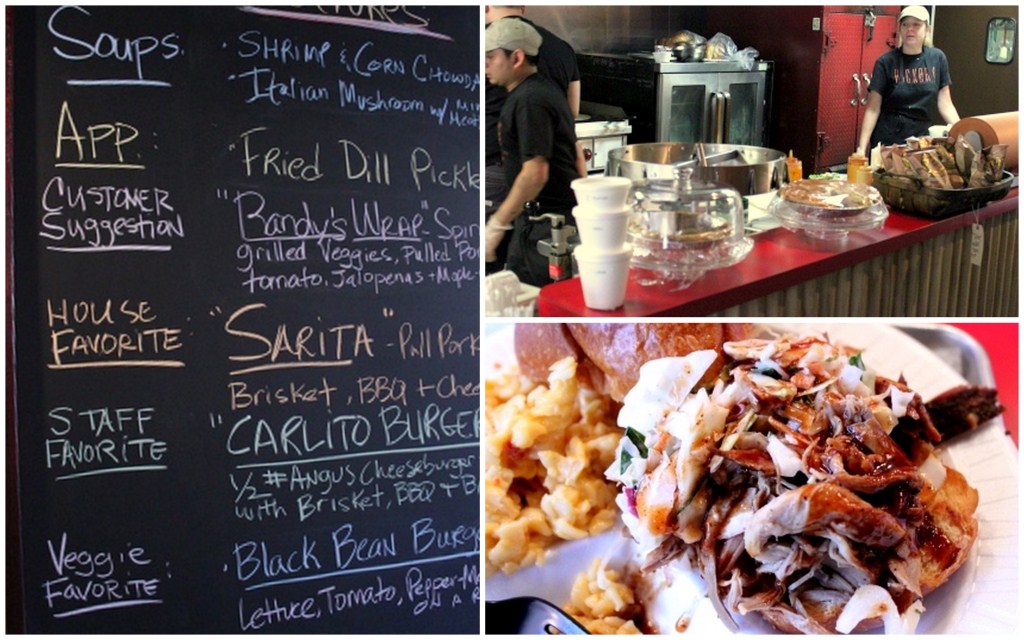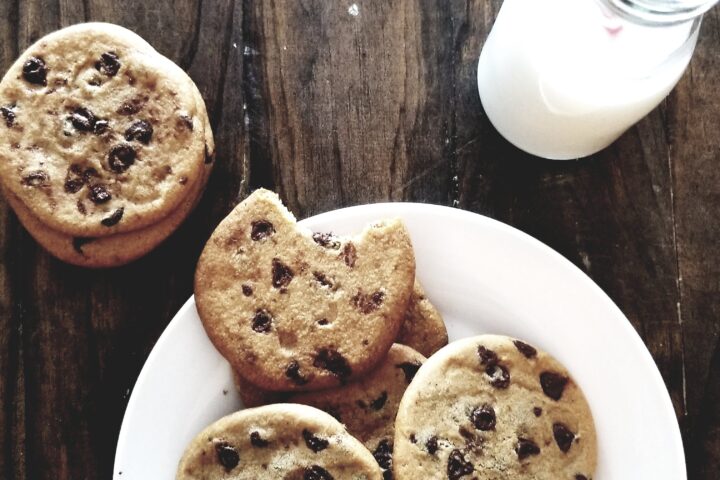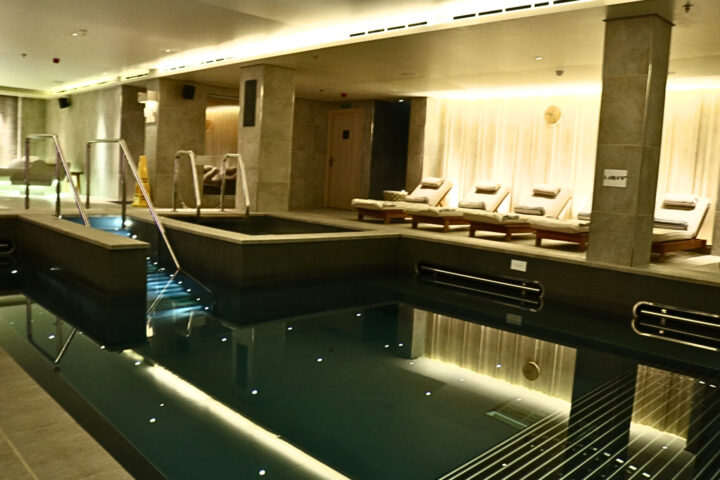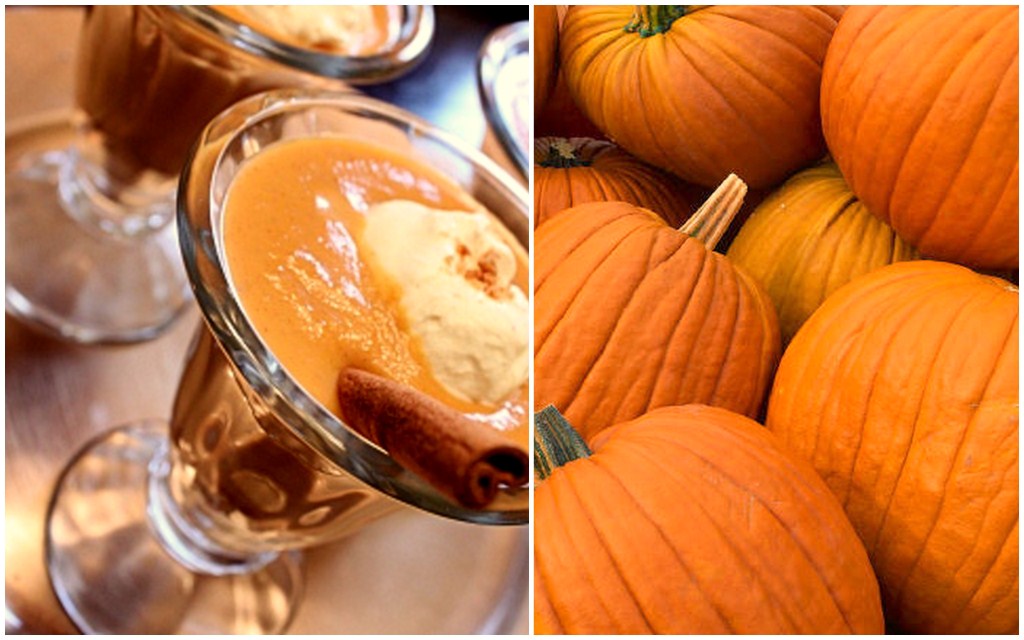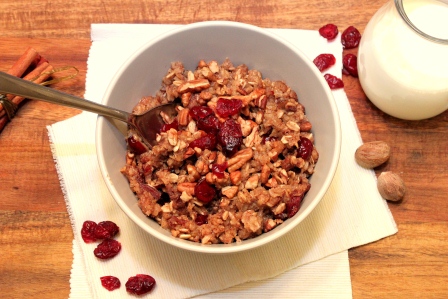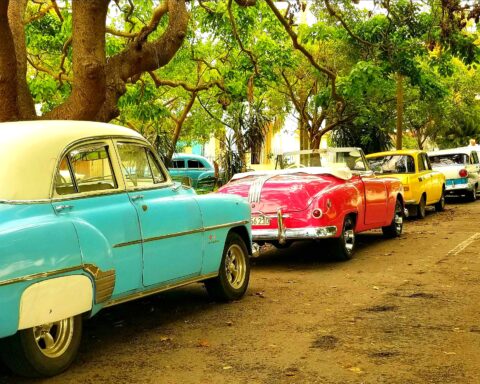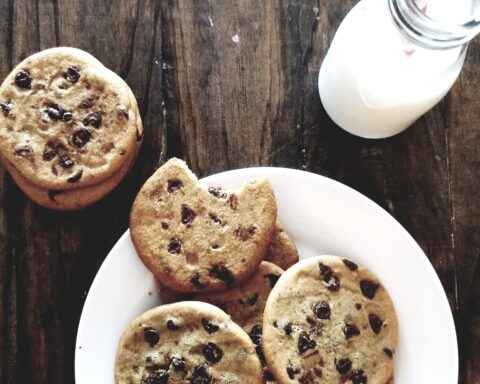 CATHOLICISM, JUDAISM, ISLAM, & BBQ: THE 4 MAJOR RELIGIONS
CATHOLICISM, JUDAISM, ISLAM, & BBQ: THE 4 MAJOR RELIGIONS
Once you cross the Mason-Dixon Line and head into the Southern part of the country, folks get serious about barbecue. When most of us Northerners think of barbecuing, we conjure up images of a fleeting, backyard summertime affair consisting of some store-bought hot dogs, a few limply held together hamburger patties and maybe–just maybe–for the adventurous, a rack of ribs or two. For Southerners, barbecue is a way of life.
As the daughter of Southern parents, barbecue was a religion–and a hotly debated one at that. A proper barbecue was to be thought out–sometimes taking days to plan and prepare for. My mother used to scoff at my neighbors who would get up on a Saturday morning, run to the local grocery store and bring home boxes (boxes, can you imagine!) of hamburgers and hot dogs, slap them on their tiny charcoal grill and declare them finished within five minutes. Peering over the fence into their backyard, my father would shake his head sadly–a man in mourning.
Neighbors would come running when my parents got busy with the ‘cue–my mother always cooking for a military infantry rather than her family of four. The grill lid would be lifted and the looks on their faces would be what I would imagine an archaeologist’s face would look like had he just discovered the Holy Grail–racks of wet-rubbed ribs (my mother always won the dry/wet rub argument)–sauced just right, brisket that had been in a separate smoker for hours and sausage from our Greek butcher would appear through the haze of the wafting smoke like some sort of mirage. Now that’s barbecue.
ON THE HUNT
Fast forward to last week when I got a seriously intense craving for barbecue, but I wasn’t about to make the mistake (again) of heading into the city on a quest to find decent barbecue. There are a few places in Philadelphia that tout themselves as real barbecue joints (Percy Street Barbecue comes to mind) but come off as so fake and corporate, it would make a true Southerner weep. I searched for places in my area and happened upon Hickory Kitchen (formerly Smokin’ Lil’s) in preppy Doylestown. I have pretty high barbecue standards so I was skeptical but hopeful.
Hickory Kitchen serves a large, traditional barbecue menu–brisket, ribs, pulled chicken and pork–with all the standard accoutrements (think mac & cheese, baked beans, cole slaw, etc). The pulled pork sandwich was served on a locally baked brioche roll and didn’t really have a definitive regional taste (Texas, Kansas, St. Louis, Tennessee, and the Carolinas are the main regional barbecue types–all with distinct and wildy varying, often times within the region itself, sauces and flavors); the sauce, an apple cider vinegar-based chipotle concoction was thin–North Carolina-style–and was a great complement. A heaping side of sweet potato fries were tasty but a little limp–I suspect because they are baked and, judging from a baking sheet I saw going into the oven, they were far too overcrowded to achieve any kind of crispiness like their white counterparts (overcrowding causes the release of moisture which, in turn, causes food to steam and become limp). I’m a mac & cheese purist so I was a little disappointed to see fusili being used as the pasta of choice instead of macaroni but it was homemade and pretty good.
NEW NAME, NEW MENU, OLD-FASHIONED BBQ
When owner Mike Markowitz bought what was then Smokin’ Lil’s two years ago, he had a vision and stripped the restaurant of its too-constrictive title and menu–he didn’t want it to just be known as a barbecue joint. According to Markowitz, the word ‘barbecue’ struck fear into the hearts of health-conscious Doylestown dwellers, so he revamped the menu and added a slew of vegetarian-friendly options and lighter fare. He seems to be the ultimate people-pleaser because he opened the restaurant for breakfast and brunch (weekends only) as a way to satiate residents looking for early morning eats.
Markowitz, who fell in love with cooking while watching his Hungarian grandmother in the kitchen, says he always had an affinity for cooking. So how does one make the leap from goulash to good ol’ fashioned barbecue?
“It’s not really a leap–food is food and I just love good food,” he says.
And, from the looks of the packed dining area and empty plates, patrons love his food, too.

